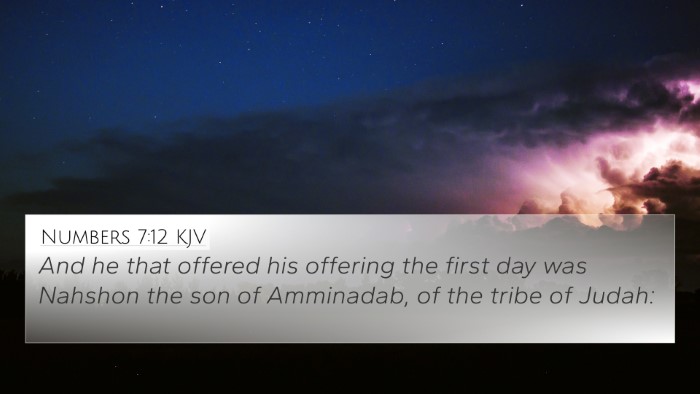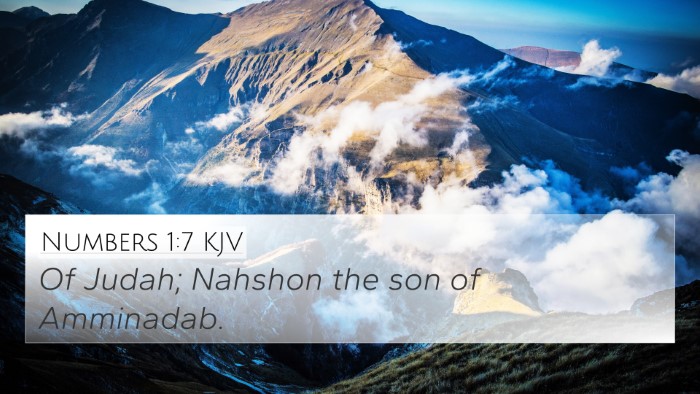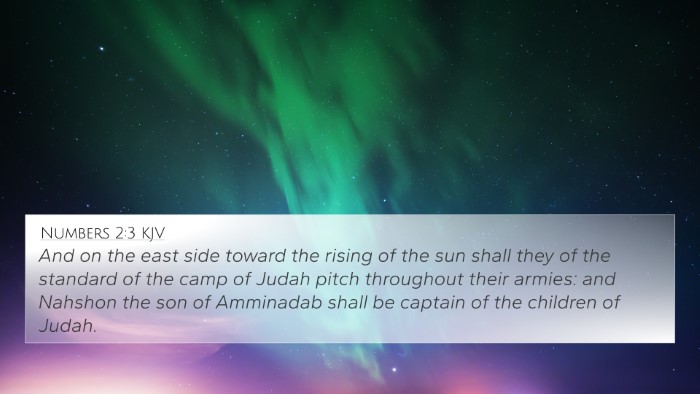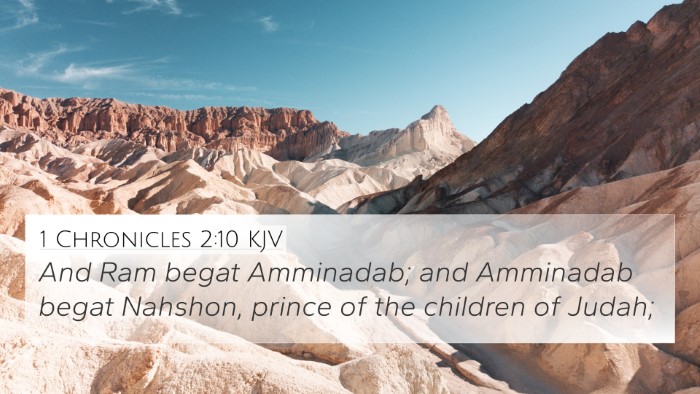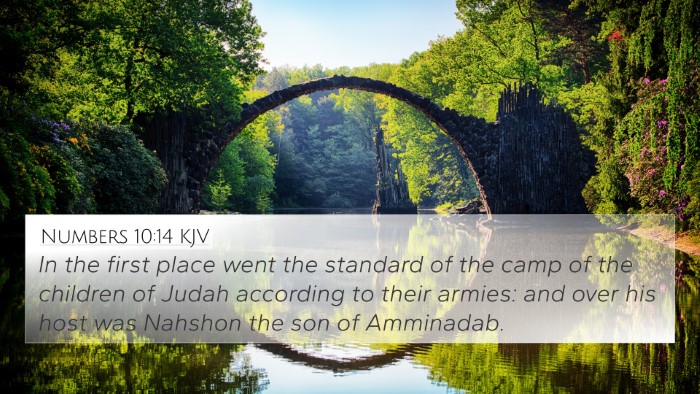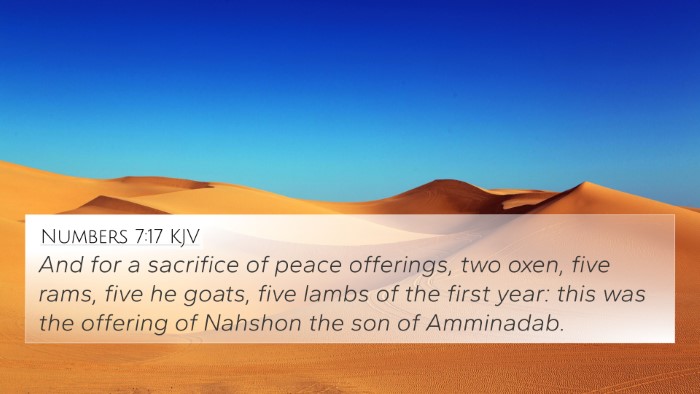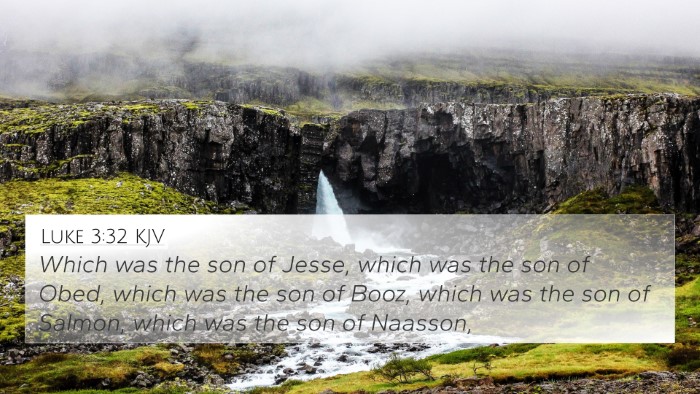Understanding Matthew 1:4
Matthew 1:4 states, "And Ram begat Amminadab; and Amminadab begat Nahshon; and Nahshon begat Salmon." This verse is part of the genealogy of Jesus Christ, demonstrating His lineage back to the patriarchs.
Significance of the Verse
This passage highlights the biological and theological lineage of Jesus, underscoring the fulfillment of God's promise to Israel. With each name, a connection to the broader narrative of redemption unfolds, emphasizing God's faithfulness through generations.
Genealogical Context
- Ram: Positioned in the line of Abraham, indicating part of the covenant community.
- Amminadab: His name means "my people are noble," suggesting royal lineage.
- Nahshon: Traditionally seen as the leader of the tribe of Judah during the Exodus.
- Salmon: Linked to Rahab, the Canaanite woman in Jericho, highlighting inclusion in the lineage of Christ.
Cross-References for Deeper Understanding
Matthew 1:4 invites readers to explore numerous cross-referenced scriptures that shed light on the genealogy and God’s unfolding plan. Below are key cross-references:
- Genesis 49:10 - Prophecy about Judah's lineage leading to a ruler.
- Ruth 4:20-22 - The connection of Ruth, a Moabitess, to the line of David.
- Hebrews 7:14 - Acknowledgement of Jesus coming from the tribe of Judah.
- 1 Chronicles 2:10-15 - A detailed genealogy from the tribe of Judah.
- Numbers 1:7 - Mention of Nahshon as a leader in the Israelite community.
- Matthew 1:5 - Continuation of genealogical record including Rahab.
- Luke 3:33 - Jesus’ genealogy reflecting His legal rights to the throne.
Comparative Analysis
By analyzing Matthew 1:4 in conjunction with the above cross-references, we see the intricate web of God's redemptive plan. Matthew emphasizes Jesus' legal claim through Joseph's lineage while Luke highlights His biological roots through Mary's line.
Thematic Connections
This verse invites readers to explore:
- Faithfulness: God's unwavering promise through generations.
- Inclusion: The role of gentiles, like Rahab, in God’s plan.
- Legacy: Each person in the lineage plays a significant role.
- Hope: Jesus as the culmination of Old Testament promises.
Tools for Bible Cross-Referencing
For further study, consider using these tools:
- Bible Concordance: Essential for finding specific verses and their connections.
- Bible Cross-Reference Guide: Aids in identifying parallels and thematic links.
- Cross-Reference Bible Study: Encourages in-depth exploration of related texts.
- Bible Reference Resources: Comprehensive tools for studying scriptural dialogues.
Applying Cross-Referencing in Study
Understanding how Matthew 1:4 relates to other verses enriches our comprehension of the scriptures. Here are some methods to apply this knowledge:
- Identify and list biblical themes and how they connect with Matthew 1:4.
- Use tools to establish a cross-reference system for deeper biblical insights.
- Engage in comparative studies of genealogies found in different Gospels.
- Explore the significance of inclusivity in God’s plan through the genealogy.
Conclusion
Matthew 1:4 serves as a pivotal verse in understanding the genealogy of Christ, revealing rich layers of meaning through its connections to the Old Testament and other New Testament texts. Engaging with this verse alongside relevant cross-references enhances our grasp of God’s overarching narrative of redemption and faithfulness throughout history.



